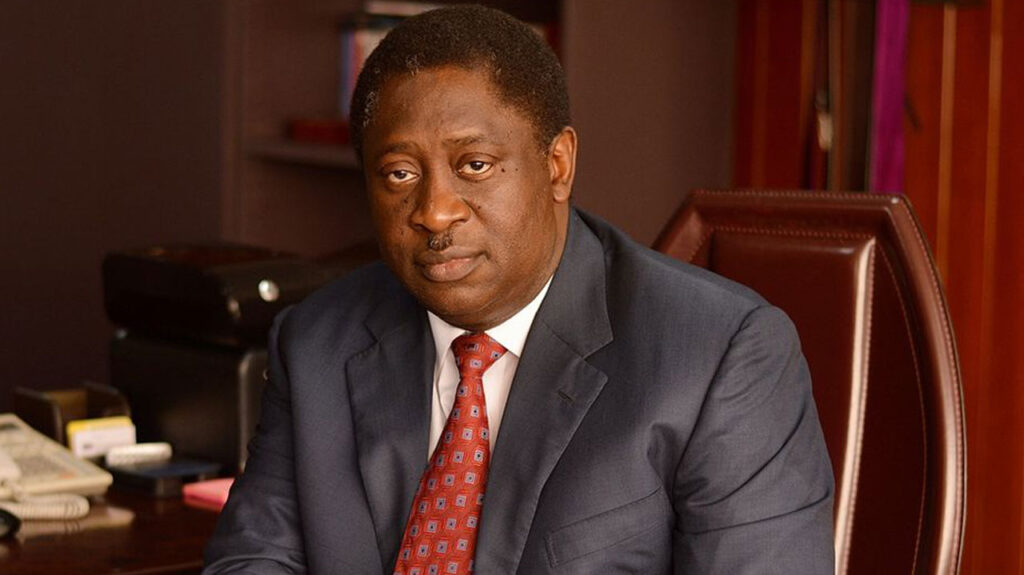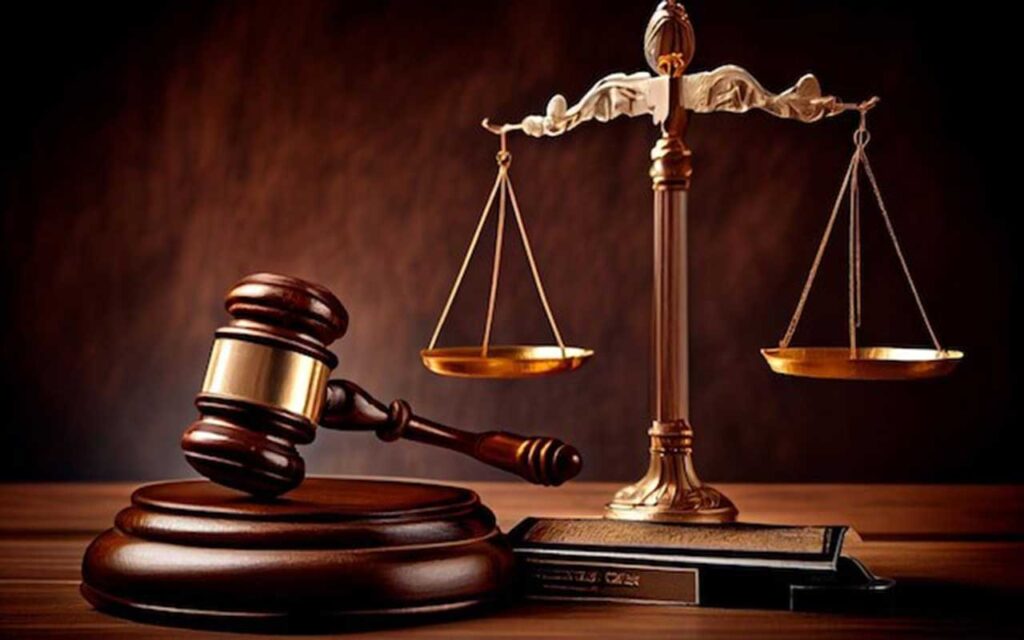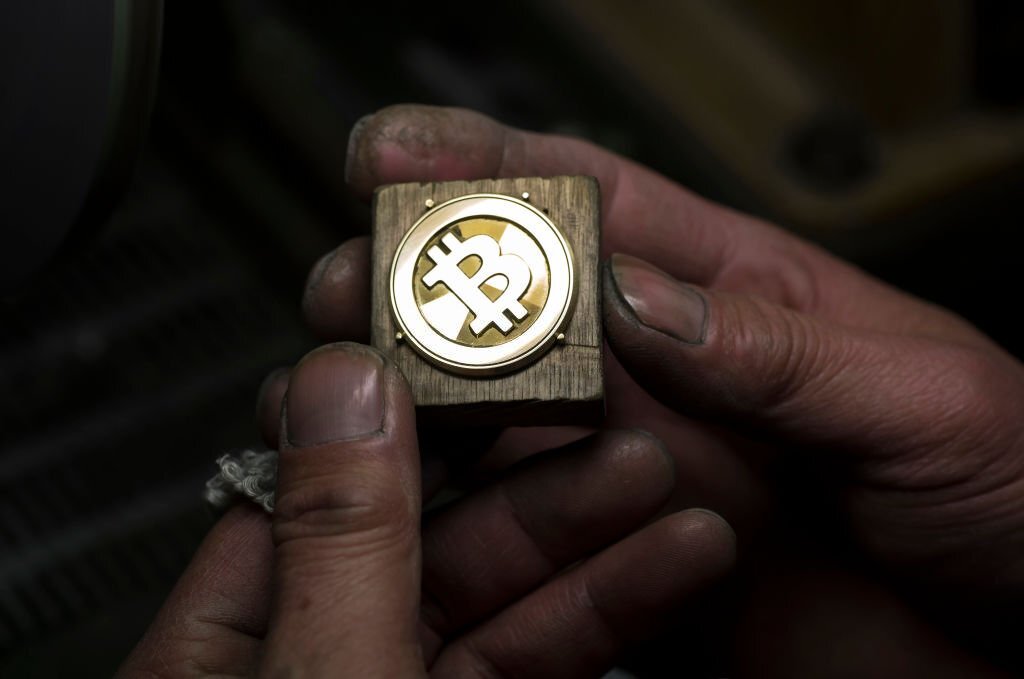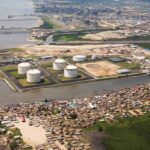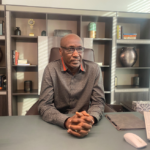 There are several components of the fuel subsidy scam one of which is a form of payment by the NNPCL and the NMDPRA to oil marketers called ‘bridging’.
There are several components of the fuel subsidy scam one of which is a form of payment by the NNPCL and the NMDPRA to oil marketers called ‘bridging’.
Fuel subsidy payments are huge and are estimated to cost the nation about N33 Trillion between 2017-2023 as a result of the ‘Double Whammy application of Cash Payments and Crude oil swap (DSDP) arrangement. This amount N33 Trillion lost through the fuel subsidy scam could potentially build TWO Dangote-refineries (650,000 bpd refining capacity)
Bridging payments are a major component of fuel subsidy and these bridging payments are simply paid to marketers by the NNPCL/NMDPRA to make the marketers sell at ‘CONTROLLED PRICES’. As it were, most oil marketers were not selling at controlled prices and still collect bridging payments.
What Is Bridging?
Bridging is a form of cash payment by the Nigerian National Petroleum Corporation Ltd (NNPCL) and/or the Nigerian Midstream Downstream Petroleum Regulatory Authority (NMDPRA) to oil marketers as compensation for TRANSPORT of their products from the port of discharge (usually Lagos) to other parts of Nigeria. It comes from the word ‘bridge: to connect the different parts of Nigeria with petrol.
Bridging claims are paid per kilometre and the longer the distance from Lagos or any other port of discharge, the higher the bridging costs. For example: if a marketer transports petrol from Lagos to Maiduguri, he is paid the cost of transporting the fuel to Maiduguri per litre although the fuel belongs to the marketer and he is going to discharge it in his station. This is to stop the marketer from taking advantage or exploiting unsuspecting customers by selling above regulated ex-pump prices per litre. If a marketer sells above the regulated prices set by the NNPCL, such marketers are not entitled to bridging claims.
Now this is where the fraud in Bridging payments lies:
1. The condition set by the NNPCL/NMDPRA for Bridging payments is that they (marketers) must sell petrol at controlled price of N200 per litre or the controlled price at the particular time.
2. Despite being entitled to and claiming bridging costs, the marketers still sell petrol above regulated prices which results in another double whammy in the fuel subsidy scam.
3. This means that the marketers will:
a. Collect bridging payments and
b. Increase fuel prices above the regulated price to earn profit.
4. Some marketers smuggle fuel out of the country and still collect bridging claims from NNPCL/NMDPRA. Claiming bridging costs has been made so easy that all the marketer needs to do is to submit a ‘claim’ to the NMDPRA while he diverts the product out of the country.
Since bridging payments are paid to marketers so as to stop them (marketers) from fixing prices above the subsidised ex-pump regulated prices, it needs no emphasis that any marketer who sells fuel above the NNPCL/NMDPRA regulated pump prices is not entitled to bridging claims. This situation becomes more worrisome when juxtaposed with the fact about 90% of marketers do sell petrol above the regulated price pre-subsidy removal. This means that over 90% of bridging payments are fake and part of the fuel subsidy scam.
As a matter of fact, realistically, one can only find fuel at regulated price in Abuja and Lagos. In almost all of the 35 states in Nigeria, marketers sell above the regulated price even before the removal of fuel subsidy. Some states such as Enugu and Kano have not actually seen any regulated fuel prices since records began. To this extent, over 90% of payments from bridging payments are no more than ‘Father Christmas’ gifts to marketers by the NNPCL or the NMDPRA.
The Bridging scam is huge
In September 2022, the Nigerian Midstream Downstream Petroleum Regulatory Authority (NMDPRA) paid N103 billion to marketers as ‘bridging costs. This figure is for bridging claims between December 2021 and August 2022. It follows that 90% of this amount is a scam because at least 9 out of 10 of these marketers who collected bridging payments sold their fuel above the regulated price.
In July 2022, an association that calls itself ‘Association of Transporters and Distributors of Petroleum Products (ATDIPP) put up a ‘bridging claim’ of N500 billion to the NMDPRA. The irony of this is that once a marketer submits a bridging claim, they get their money pronto whether or not they sell above the regulated price. No checks to ascertain their selling price at the pump.
As a matter of fact, fake bridging claims averagely cost the nation over N1 trillion annually and this amount is not even part of the subsidy figures. It is usually sourced extra-budgetary from the federation account under complaints by the federal government of lack of funds and lean resources from ‘dwindling global oil prices. The federal government borrows to pay for the fuel subsidy scam which means that the government is borrowing to service corruption.
Bridging costs are meant to protect the controlled ex-pump price, which is part of fuel subsidy. Now that fuel subsidy has been removed, Bridging payments should be stopped by the NNPCL and the NMDPRA. Since the downstream sector of the Nigerian oil and gas industry has now been fully deregulated, there is absolutely no basis to pay any bridging claims since marketers will fix their prices based on demand and supply.
The federal government should carry out a forensic audit of all bridging claims 2015-2023
The federal government should stop bridging payments because fuel subsidy is gone. In this regard, there is the need to carry out a forensic audit of all pending claims of bridging and ascertain who amongst the marketers that sold above the controlled price. Any marketer who sold above the controlled price should refund any bridging payments they collected.
In the final analysis, since fuel subsidy is gone, the fraud called bridging has to follow it for the downstream sector of the Nigerian oil and gas industry to survive.
Dr Alkali can be reached on alkalizai@yahoo.com






